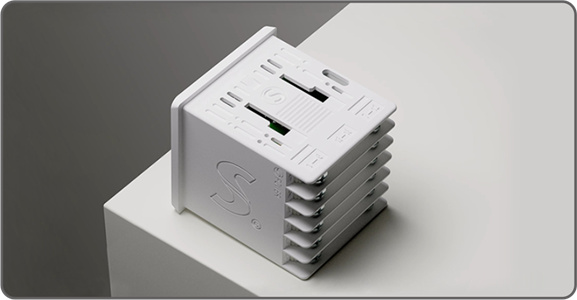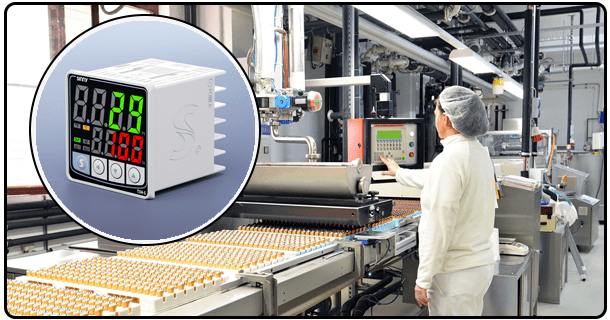How Does A PID Temperature Controller Work?
PID temperature controllers are essential for accurate temperature regulation both industrially and domestically, providing precise temperature regulation. This comprehensive guide examines their workings, applications and components, offering a thorough insight into their significance and usefulness.
1. Understanding PID Control
PID stands for Proportional Integral and Derivative. Industrial systems widely utilize this feedback mechanism. The system calculates an error value as the difference between the desired process variable and setpoint and then applies corrections using proportional, integrated, and derivative terms to compensate.
2. History of PID Temperature Controller
PID Temperature Controller were first developed in the early twentieth century. Over time, they reflected advances in control theory and technology, eventually evolving into the sophisticated digital controllers we see today. Electronic and software-based PIDs have gradually replaced older mechanical/pneumatic versions for improved accuracy and usability.
3.Components of PID Temperature Controller
A PID temperature controller consists of three primary elements.
These components include:
Proportional component :
Adjusts output proportionally to any error detected.
Integral component :
Eliminate residual error at steady state by integrating it over time.
Derivative :
Predicts the future error by analysts analyzing changes.
Proportional Control
Function:
Proportional control adjusts a controller's outputrror value.
Advantages:
Quick response to changes in setpoints or disturbances.
Limitations:
Cannot entirely eradicate steady-state errors.
Integral Control
Function:
Over time, errors accumulate to minimize minimize levels.
This integral component accumulates errors until their total error levels reach a minimum point.
Advantages: Elimination of steady-state error.
Limitations Incorrect tuning may result in oscillations or slow response.
Derivative Control
A Function in Predicting Future Mistakes
Function:
The derivative control component reacts to changes in error rate, anticipating future miscalculations.
Advantages:
Enhance the stability and responsiveness of the system.
Limitations:
Sensitive noise in error signals.
4. How PID Temperature Controller Work
PID Temperature Controller balance integral, derivative and proportional terms to provide accurate temperature regulation. They do this by making adjustments such as changing heater power to minimize the difference between setpoint temperature and process variables - for example, simply the heater power - such as heating costs. This type of controller helps minimize errominimizeen setpoint temperature and is procvariablesable while keeping temperature stability.
Temperature Control in Industrial Processes
Industrial processes often necessitate precise temperature management to maintain safety and product quality—applications like chemical reactors, extrusion processes or metal treatment utilizing PIDutilizingers.
5. Benefits of PID Temperature Controller
Accuracy:
Precise control over process variables.
Stability:
Increases stability by minimizing minimizing.
Responsiveness:
Quick adaptation to changing conditions.
6. Common Issues in PID Control
Overshoot :
Excessive corrective actions may result in instabilities.
Noise Sensitivity :
Component amplifying measurement noise.
Tuning Issues :
Finding an Equivalence Between Gains and Losses























